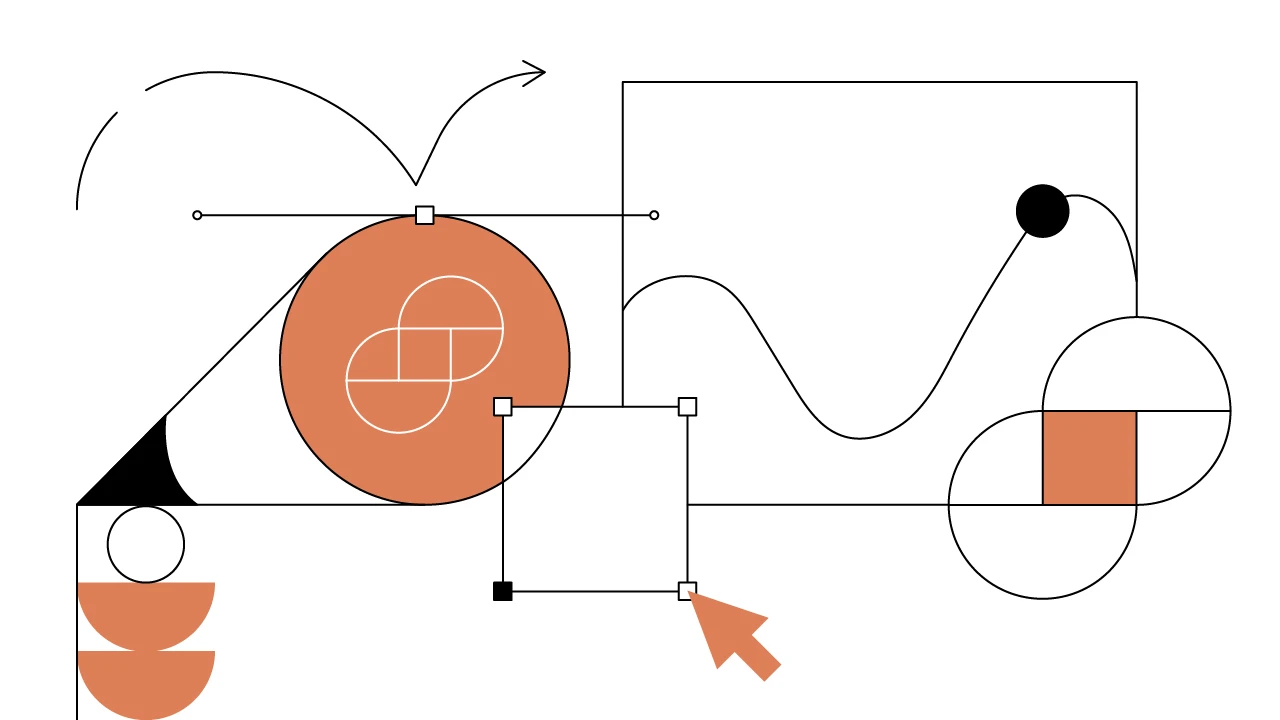Contents
USD Coin (USDC) — A Stablecoin Pegged to the U.S. Dollar
USDC is a stablecoin cryptocurrency designed to maintain a constant value of $1 USD.
Updated October 5, 2023 • 3 min read

Summary
USD Coin (USDC) is a stablecoin issued by CENTRE — a joint venture between Coinbase and Circle. The cryptocurrency is backed by U.S. dollar-denominated assets held at regulated and audited U.S. financial institutions. USDC has a variety of uses in the crypto marketplace, but is commonly deployed in decentralized finance (DeFi) protocols and by traders.
Check out the price of USD Coin on our page
Stablecoins 101
1. What is a stablecoin?
A stablecoin is a type of cryptocurrency designed to have a stable value, typically by being pegged to a specific asset, like a fiat currency (e.g., U.S. dollar) or a commodity (e.g., gold).
2. How do stablecoins maintain their stability?
Stablecoins maintain stability through various mechanisms, such as collateralization, algorithmic adjustments, or being backed by physical assets held in reserve.
4. How can I buy stablecoins?
You can buy stablecoins by purchasing them through cryptocurrency exchanges, like Gemini or on decentralized exchanges (DeFi).
5. What can stablecoins be used for?
Stablecoins have various use cases, including remittances, trading on cryptocurrency exchanges, and hedging against crypto volatility.
What is USDC? Bridging the Gap between Fiat and Crypto
USD Coin (USDC) is a cryptocurrency designed to maintain a constant value of $1 USD. Along with assets like Tether (USDT) and the Gemini Dollar (GUSD), USD Coin is part of a broader category of cryptocurrencies called stablecoins, which use a variety of mechanisms — such as pegging their value to fiat currencies or commodities — to help maintain a stable price. Stablecoins are an essential tool in the dynamic cryptocurrency market, and can help digital asset holders within the crypto ecosystem to benefit from the relative stability of the dollar or of other stable assets.
The USDC stablecoin was created by CENTRE, an organization founded by crypto exchange Coinbase and financial technology (FinTech) firm Circle. Each USDC is redeemable for one dollar, and is backed by one dollar or a dollar-denominated asset with equivalent value held in accounts at regulated U.S. financial institutions. Those accounts are audited by U.S. accounting firm Grant Thornton LLP, which issues monthly attestations on the reserves backing USDC.
What are some use cases for Stablecoins like USDC?
USDC first launched on the Ethereum blockchain as an ERC-20 token, but has since expanded to other blockchains including Solana, Stellar, and Algorand. It can be purchased on both centralized and decentralized exchanges (DEXs). Since stablecoins like USDC have historically experienced much less volatility than digital assets like bitcoin (BTC) or ether (ETH), they can be ideal for payments and remittances, and are often favored by traders who wish to place profits made from trading in higher-volatility digital assets into more lower-volatility digital assets without exiting to fiat. Additional benefits of stablecoins like USDC can be uncovered within decentralized applications (dApps) and decentralized finance (DeFi). USDC is used in a variety of dApp and DeFi protocols — such as Aave, Celsius Network, Compound, Dharma, OpenSea, and others.
Types of Stablecoins Explained: USDC’s Place in the Ecosystem
Various stablecoins have proliferated as the crypto ecosystem has developed, and many are now an essential part of the market. How a stablecoin maintains its stability — known as its peg — is dependent on its infrastructure. Stablecoins can be issued by a centralized institution or collateralized in a decentralized way. They can even use one of several algorithmic mechanisms to maintain a stable price.
Decentralized stablecoins
Algorithmic stablecoins, such as the decentralized TerraUSD (UST), seek to maintain price stability by utilizing algorithms and smart contracts to contract and expand the supply of the asset, nudging its price back to the peg when it goes astray. Other stablecoins are issued against different types of collateral. MakerDAO’s decentralized stablecoin DAI, for example, is issued against cryptocurrency collateral that users deposit on-chain.
Centralized stablecoins
Paxos Gold (PAXG), in contrast, is backed by physical gold reserves held by Paxos, a trust company and custodian regulated in New York. Other centralized stablecoins like USDC are issued by centralized institutions and are backed by a combination of dollars and dollar-denominated assets that are held off-chain by regulated financial institutions.
Cryptopedia does not guarantee the reliability of the Site content and shall not be held liable for any errors, omissions, or inaccuracies. The opinions and views expressed in any Cryptopedia article are solely those of the author(s) and do not reflect the opinions of Gemini or its management. The information provided on the Site is for informational purposes only, and it does not constitute an endorsement of any of the products and services discussed or investment, financial, or trading advice. A qualified professional should be consulted prior to making financial decisions. Please visit our Cryptopedia Site Policy to learn more.

Is this article helpful?


